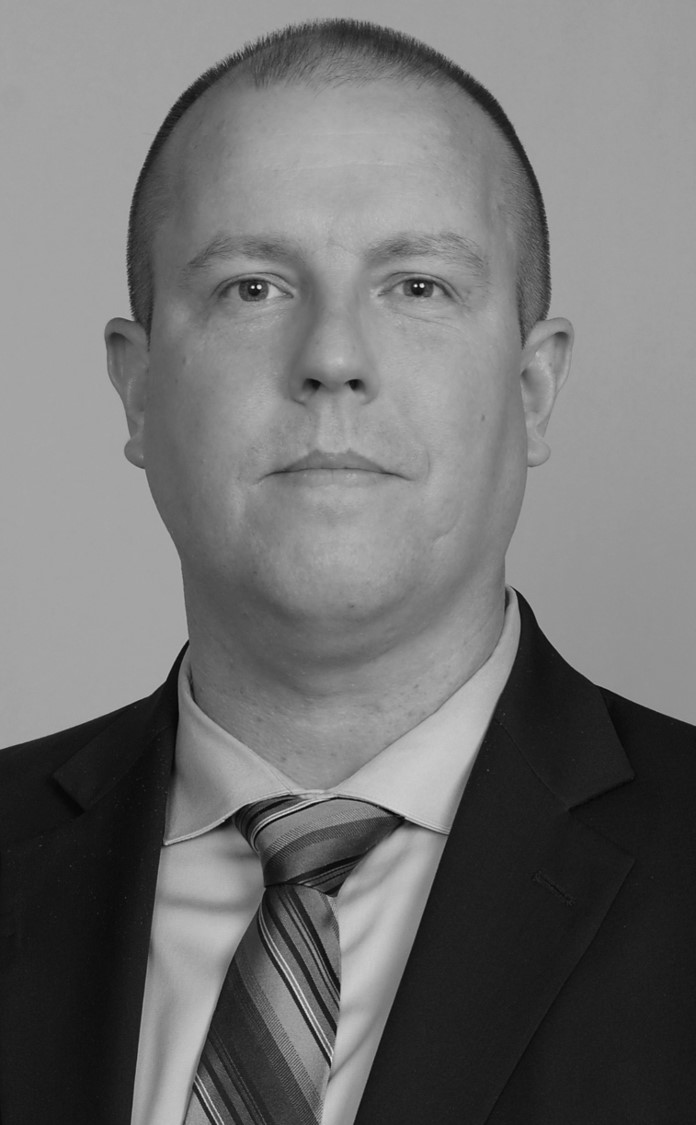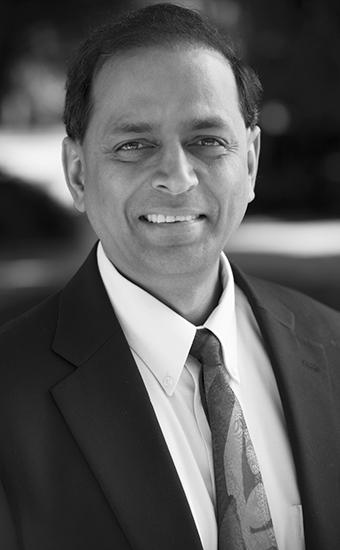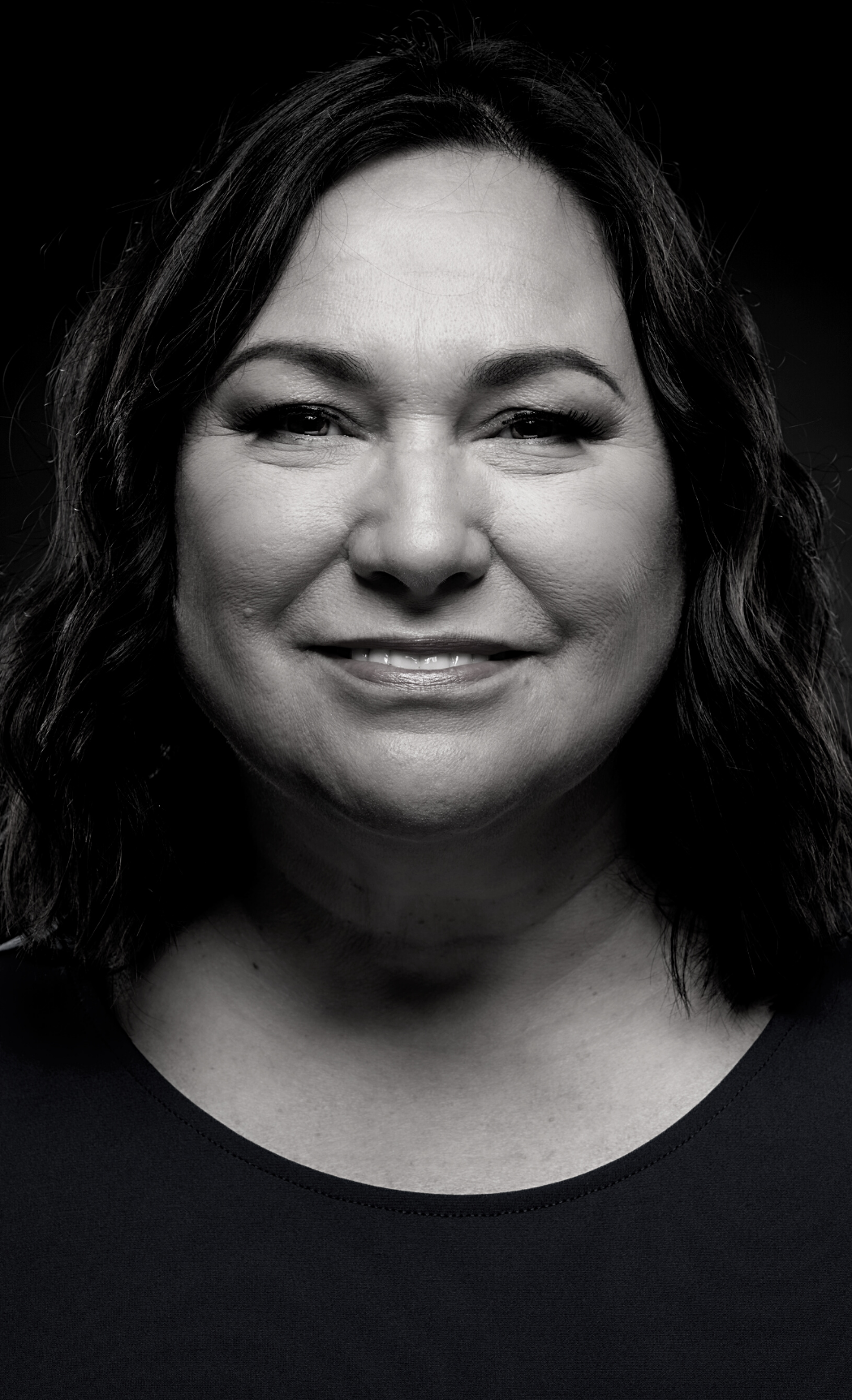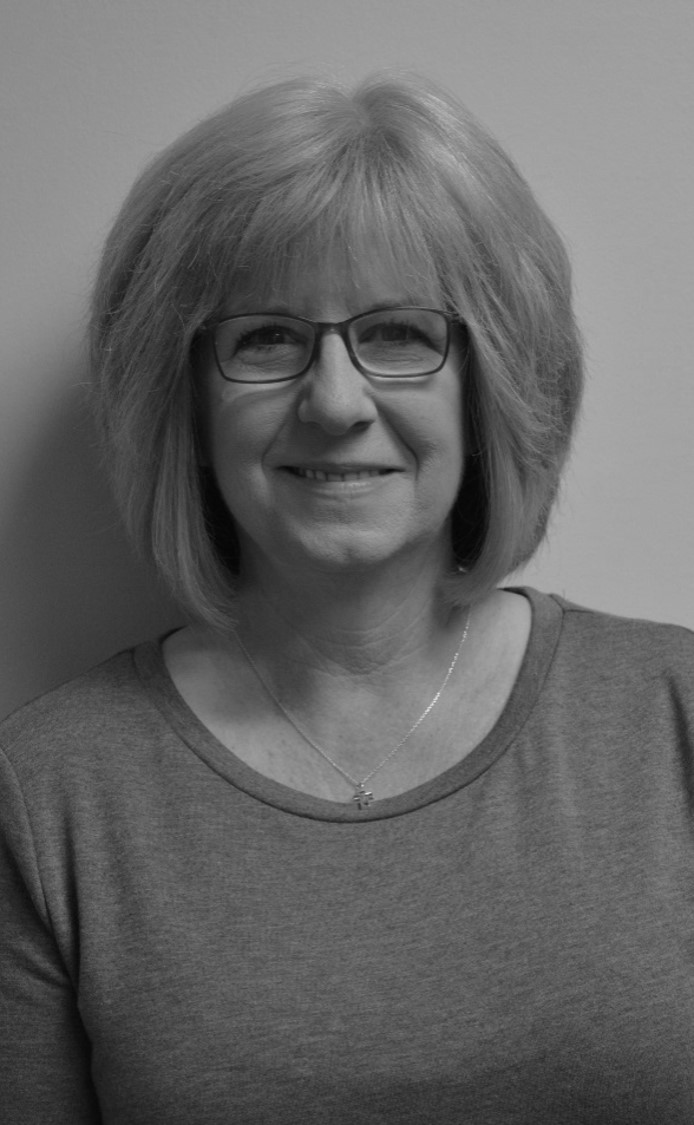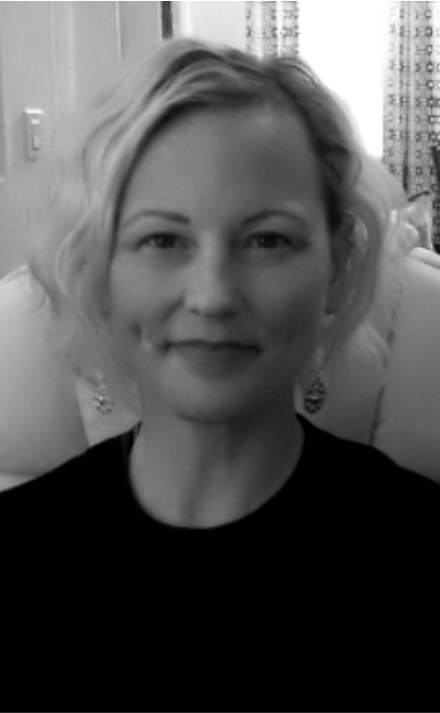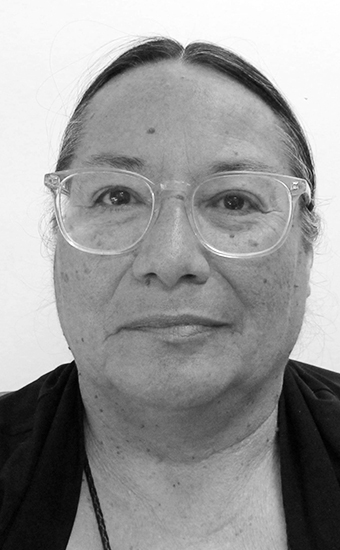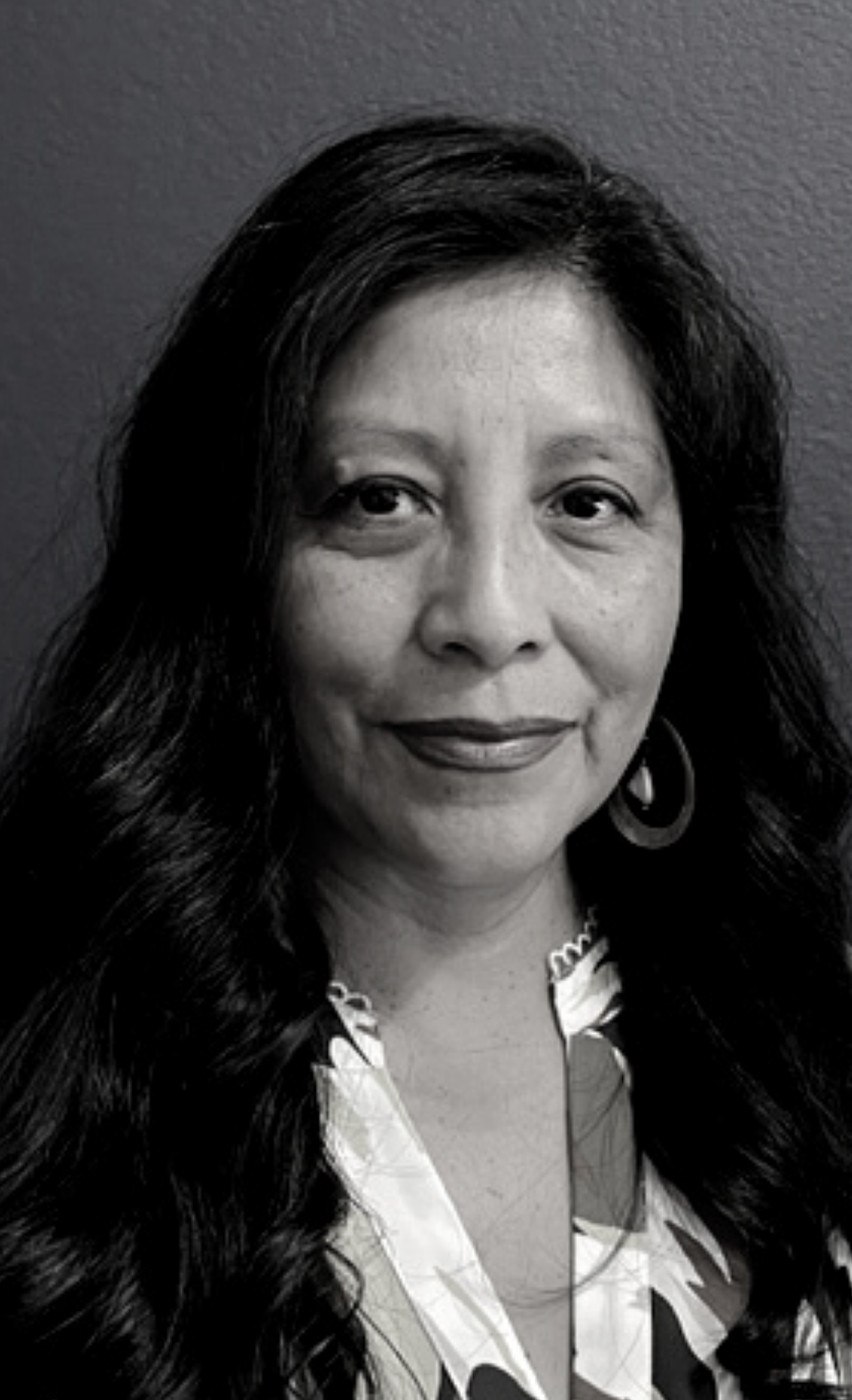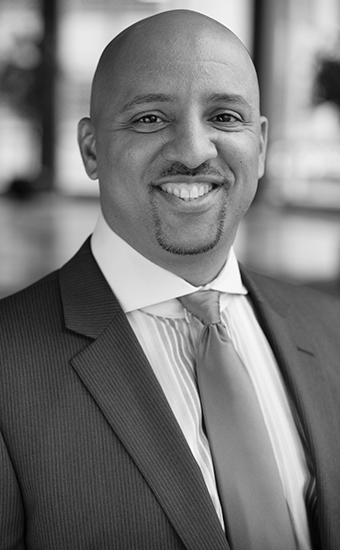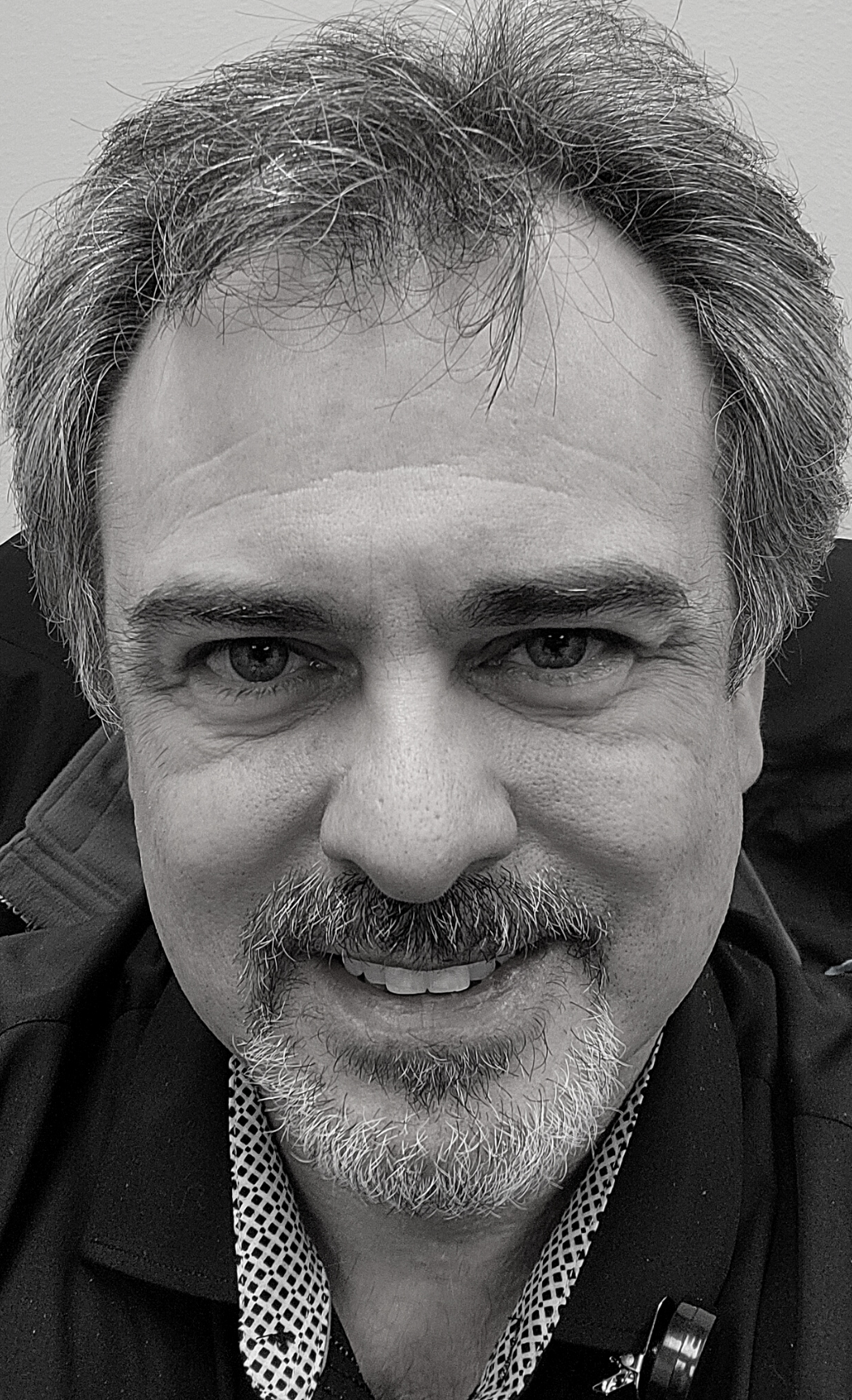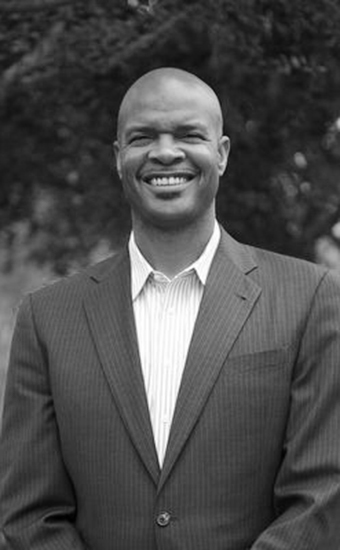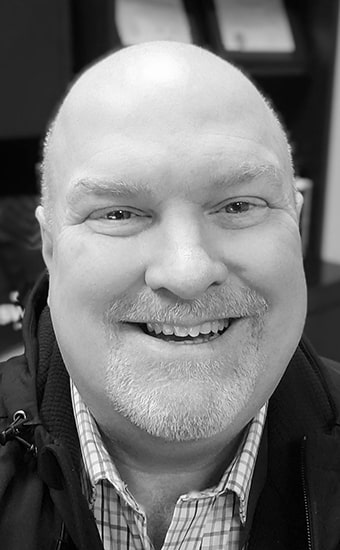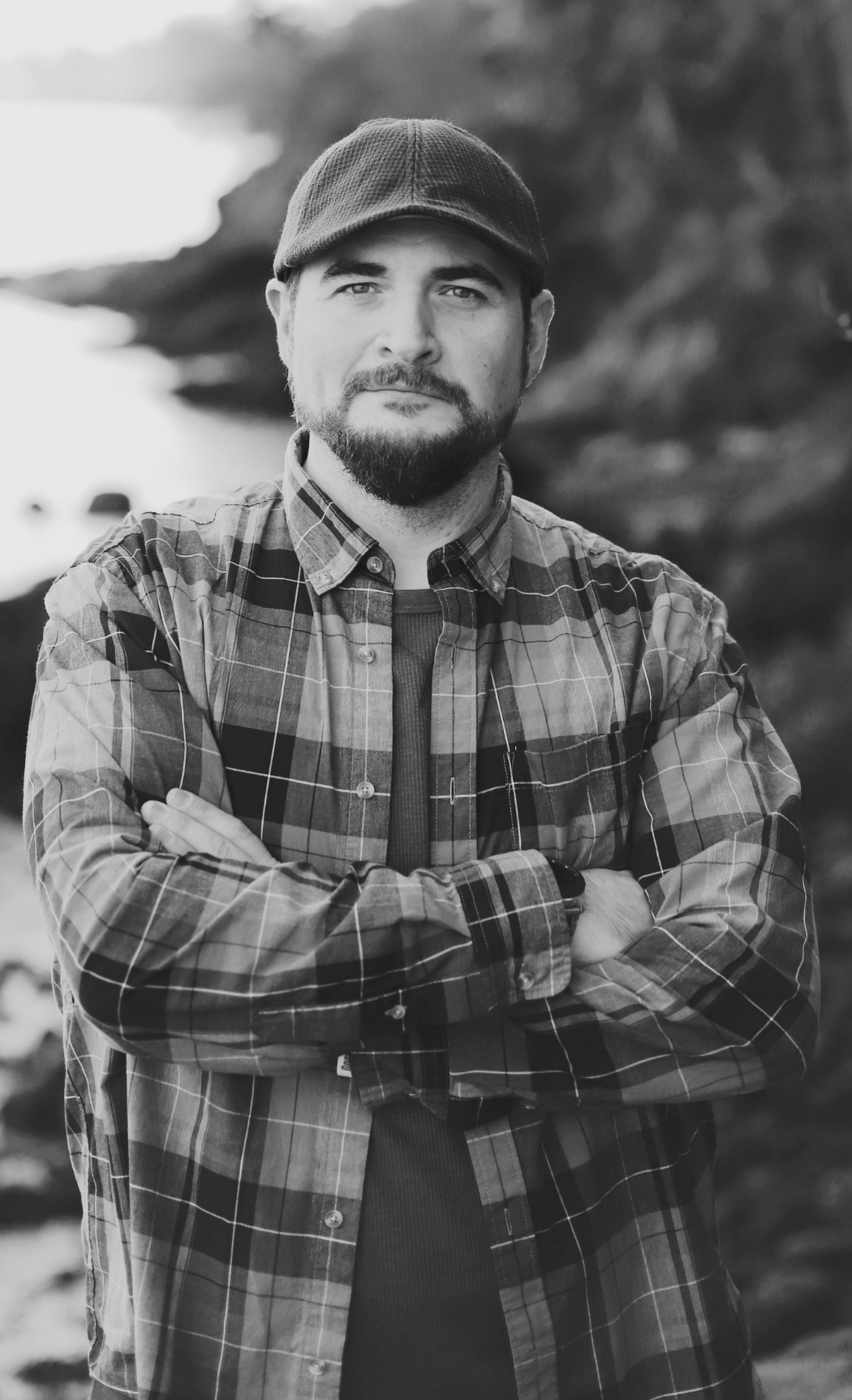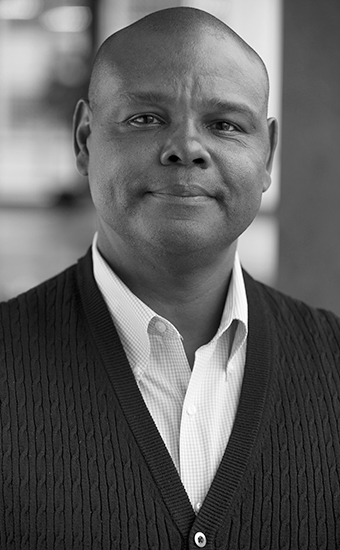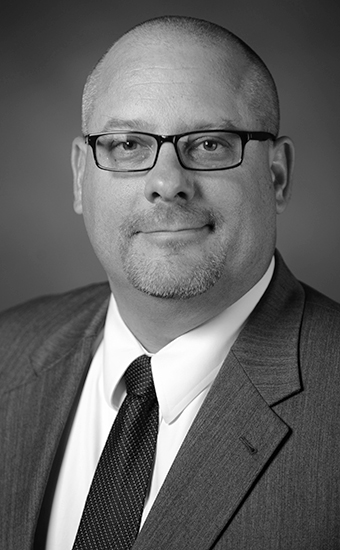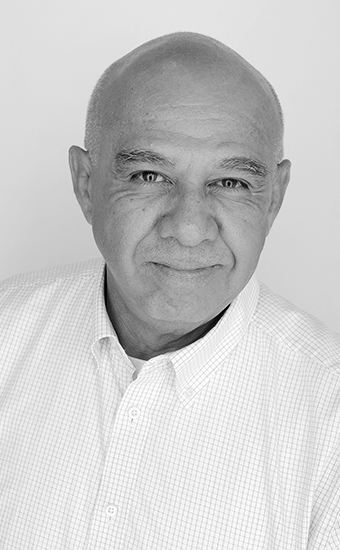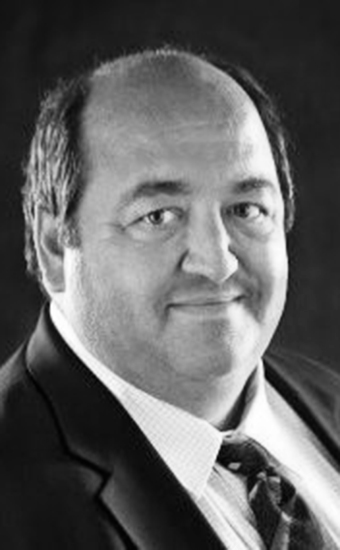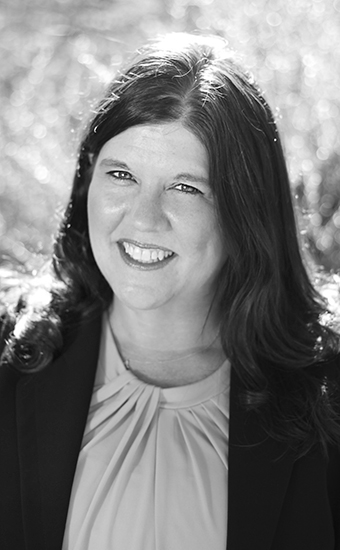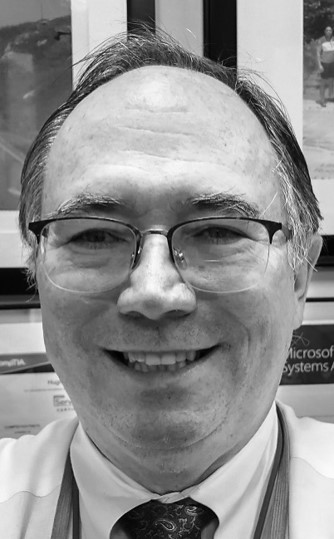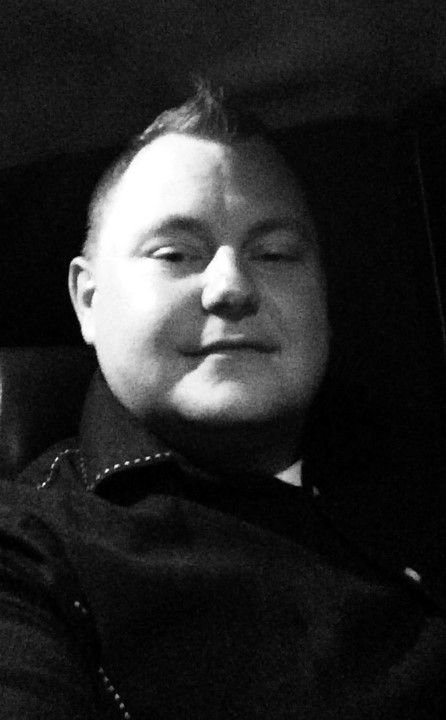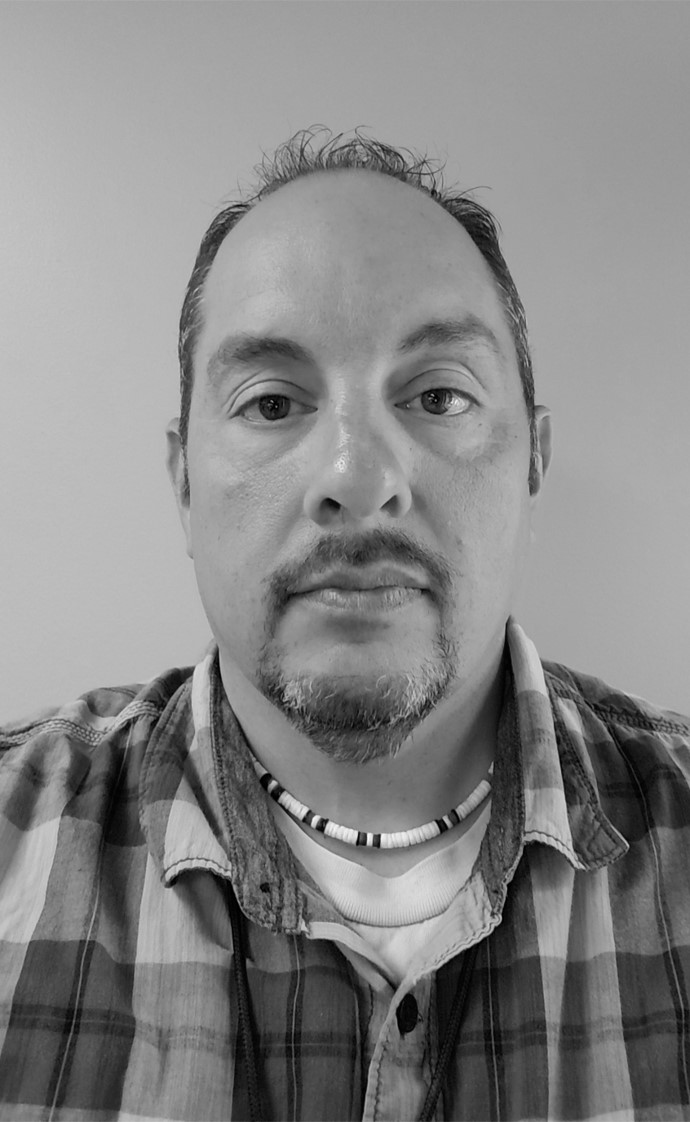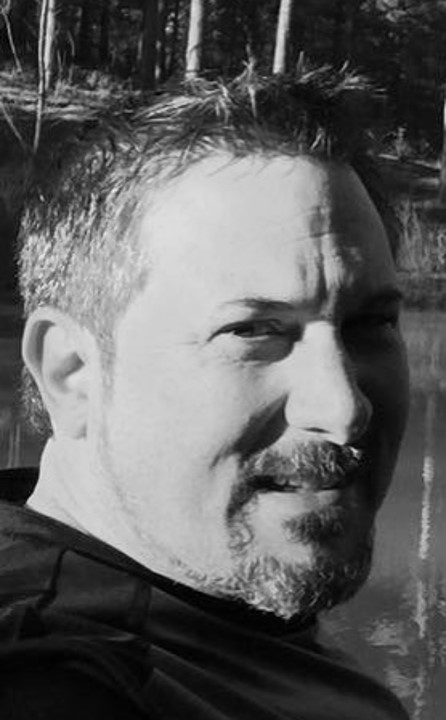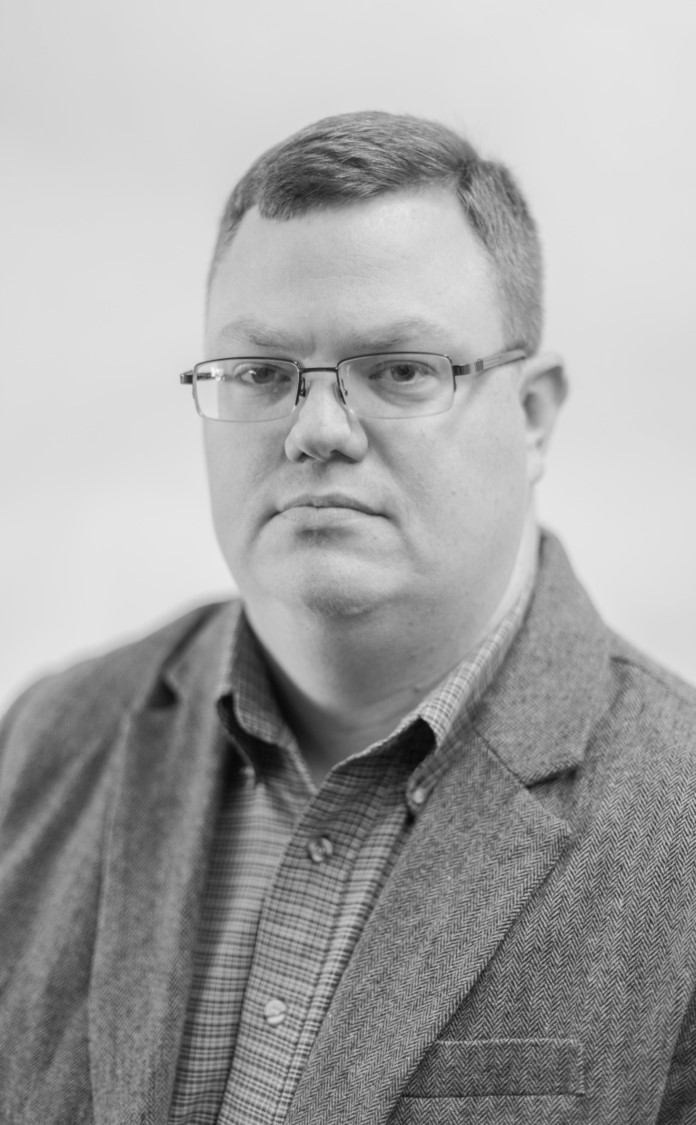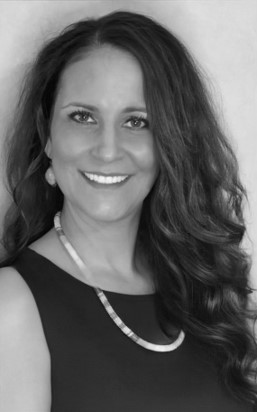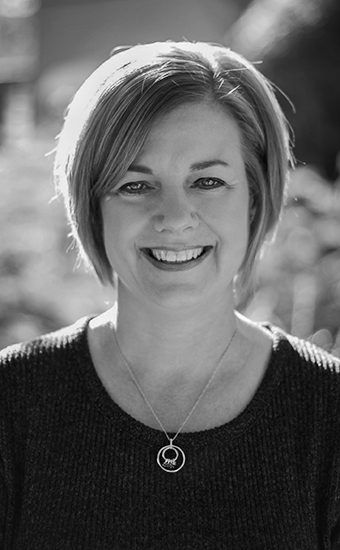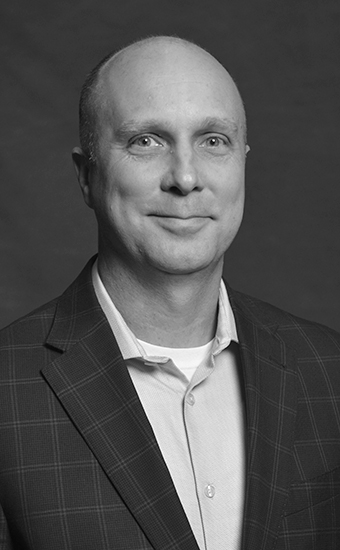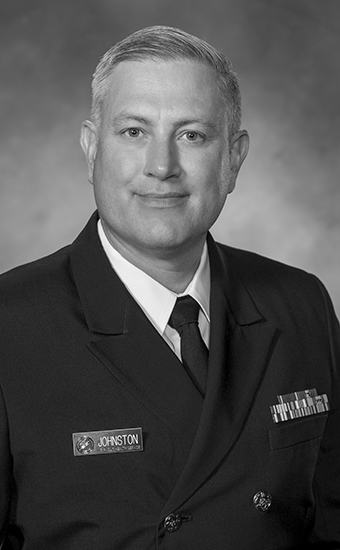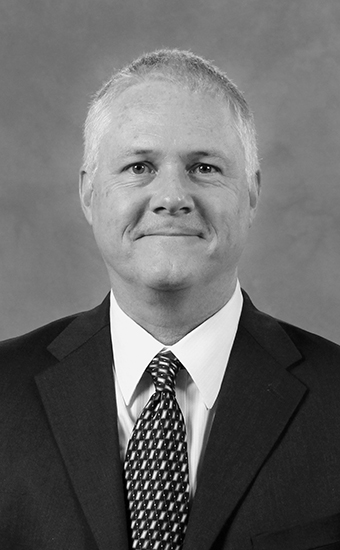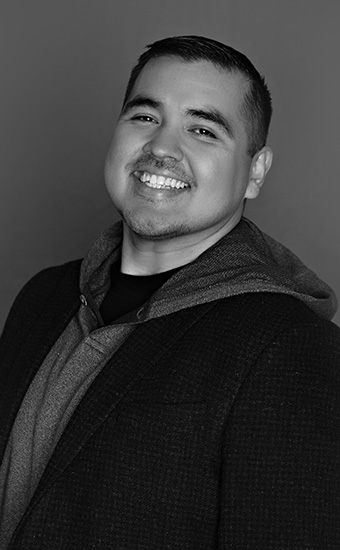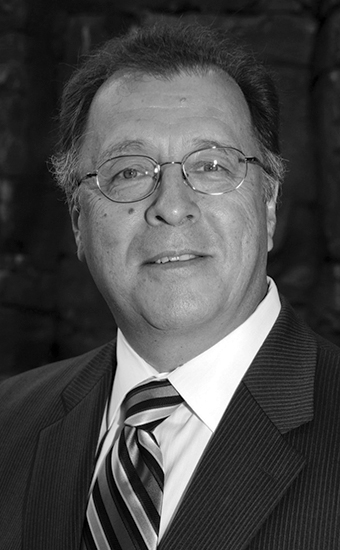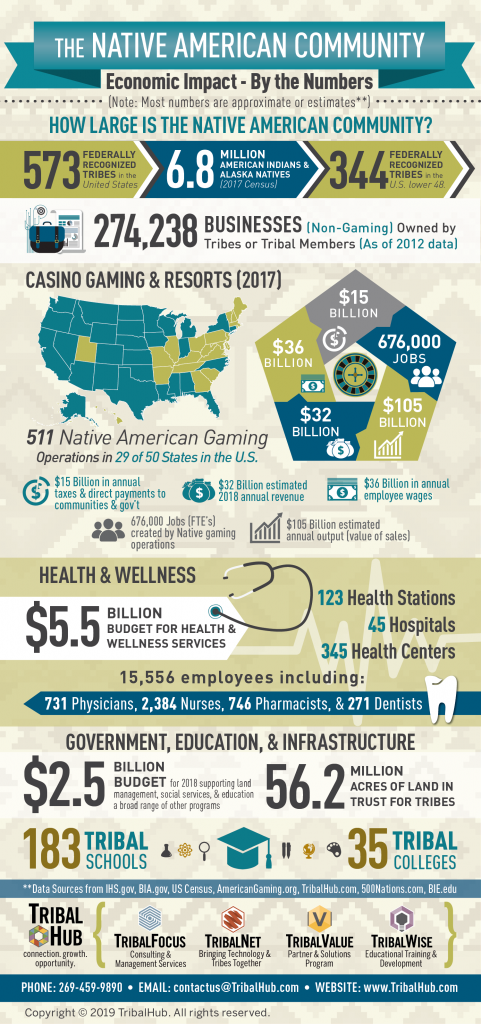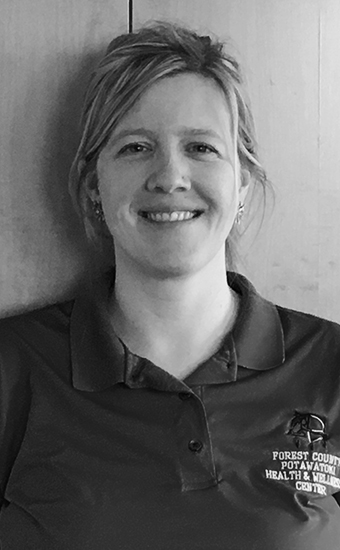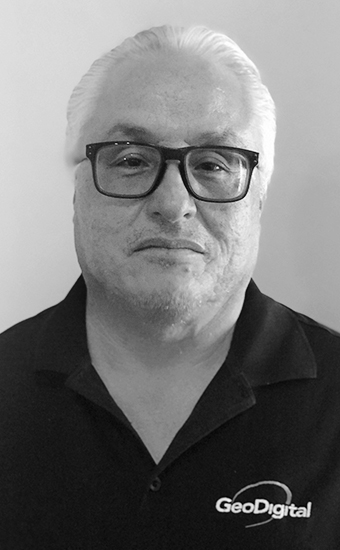Interviews with Tribal Leaders
Jocelyn Young, MIS Director
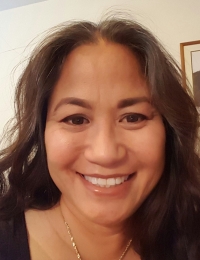
Jocelyn Young
MIS Director
What can you tell us about your IT team?
Our team, made up of 41 positions, provides support and service to all areas of the community, including areas such as tribal government, land management, judicial branch, public works, housing, education, back of house functions, enrollment, public safety and beyond. We are currently setup with different sections for each area of focus with IT; Network, Security/Data Center, Administration, Database (including In-House Database Development) and Technical Support. We also are kicking off a new data center project for the community. I report directly to the Community Manager. The community employs over 2,100 individuals and offers many membership services. Our infrastructure is the backbone that allows some of those services that use technology to be deployed.
What can you tell us about the technology you have in place?
We are a Cisco shop when it comes to infrastructure and a Dell, Panasonic and Apple shop when it comes to our desktops. We are in the midst of moving to a more virtual environment as well as replacing end of life hardware to help in power consumption. We are still making this transition but already are starting to notice some differences and improvements in efficiency.
What are the top projects your team is focusing on currently?
We are just getting started with a large capital project for our new datacenter. That will be a major focus of resources for us this year but will be a big improvement for us in the end. We have some new installs and upgrades coming up but the one we are probably spending the most time evaluating is the move to Windows 10 and Office 2013.
What advice would you have for your peers in the industry?
My experience in the IT department at the tribe started in the database section as the manager for nine database coordinators. As an IT Manager for eight years I moved on to the IT Director. To anyone new to the position of IT Director for any organization, I would say to be prepared to wear many hats at a moments notice!
2015 TribalNet Industry Award Recipients

2015 TribalNet Industry Award Recipients
Mark Treat, Director of IT accepted the award on behalf of the Shakopee Mdewakanton Sioux Community (SMSC)
What are your secrets to success in getting the most out of the resources and tools you have?
First, it starts with what we work on. We work with the business leaders to ensure that we are working on the right projects that align with the strategic priorities of the enterprises. We do this through an IT portfolio management process that prioritizes the list of active and requested projects and allows us to communicate that to the business. This ensures alignment. It also ensures that we not only focus on the right projects, but communicates what we explicitly are not going to work on. Second, is how we do our work. We have implemented a rigorous project management process to ensure the project outcomes that benefit the business are met and done so in a timely and cost-effective manner. Third, and most important, is the IT team who does the actual work. We ensure the IT staff have the appropriate level of leadership guidance and mentoring, training, and tools to increase the likelihood of successful project delivery.
How does the diversity of systems and pace of the industry impact your existing and long-term vision for your department?
One of the primary aspects of the vision for our department is to not only continue to meet the on-going operational the needs of the businesses we support in the timeframe they demand, but also to enable them to grow and transform. As we strive to meet the speed-to-market needs of the varied businesses throughout the enterprise, we’ve structured our department so that certain resources are focused primarily on the government entities and others are focused on the gaming/hospitality entities. This improves the ability for these resources to align with and more fully understand the respective business lines and technology needs. We also have organized other resources whose skills apply universally to be leveraged across the entire enterprise. To ensure that the speed of IT matches the pace required by the business, we’ve develop standard, repeatable processes which improve our time of delivery. This includes mature project management tools and processes, standardized technology platforms, streamlined vendor/solution evaluation processes, and others. Even contract reviews have become standardized with certain required language incorporated depending on the type of application configuration. We continually look for internal process improvements. This initiative is an on-going means of delivering more effectively. In terms of supporting the growth and transformation of the enterprises’ businesses, our vision includes being partners with the key business leaders throughout the enterprise. This helps us identify and deliver solutions that more closely match the businesses’ strategic plans and enables us to do so more efficiently. Finally, the longer-term vision for IT includes doing more in the way of cloud-based solutions to leverage greater economies-of-scale and speed, improved collaboration with our peers in the tribal-IT world to learn from their best practices, and developing closer relationships with local colleges to meet the increasing challenges of recruiting qualified talent.
Chuck Scharnagle, CIO of the Mohegan Tribe accepted their award on behalf of his team
What do you think are the most important things to consider when taking a concept/idea to a reality and executing?
If you are trying something new, something different for either you or the organization, you’ll need the following traits/characteristics. Perseverance because there will be many times when you hit a dead end, financial crisis or times when you question the validity of your project. You need to be able to continue on realizing this is but a bump in a very long road. Keep goals based in reality. As mentioned above, there will be days when you think nothing will work and there will be others where your ego has you believing your idea/ product will be a smash hit. One needs to keep their emotions in check with reality. Very few ideas become instant hits and keep the negative thoughts at bay by listening to your advisors, etc. Finally, enjoy the moment. You’re doing something that most don’t do. You have a new idea and you are pushing it to fruition. Enjoy and learn from the experience.
What does the word innovation mean to you?
We went for this award because we really felt we were creating something entirely new for users. Innovation to me means creating something brand new or even taking an existing idea to another level. Ultimately you are providing a new experience/ service/product for the user in a manner they’ve never seen before.
Ram Patrachari, CIO of Viejas Enterprises accepted the award on behalf of his team
What are your best tools for measuring the success and impact of your departments technology initiatives on the business?
We track both quantitative and qualitative measures using ITSM methodologies and tools. The primary goal of the measures are to gauge how technology initiatives impact business objectives of the enterprise. For qualitative measures, on the operational side, we track internal feedback from our users on the level of service provided. We focus on availability, capacity, incident management and problem management to ensure stated QOS levels are met per our SLA’s. On the project side we measure ROI for each individual project and follow the SCRUM methodology for project execution.
Where do you see technology’s role falling in the casino and hospitality industry 10 years from now?
I feel in 10 years it would be very difficult to discern the difference between business and technology. Here are some of my thoughts; technologies role will increase exponentially in supporting and driving every business process within the enterprise and beyond, extreme data mining and big data analysis will drive every decision in either an automated or manual fashion, smart agents within the enterprise will manage most of the digital interactions within the enterprise and security will continue to be a primary concern. Behavioral and cognitive science theories will form the underpinning of the interactions.
Lael Hall, IT Director

Lael Hall
IT Director
As the IT Director, what can you tell us about your IT Department?
What is the most impactful project your team is working on currently?
What are some projects you are working on to improve the department?
What is your advice to your peers in the industry?
Representatives from The Midwest Tribal Technology Council (MTTC) & The Oklahoma Native American Technology Council (ONATC)

Dennis Dyer & Ned Weizenegger
ONATC & MTTC
How did the ONATC get started?
It started informally, as most things do, with a few ideas and a handful of people. We had some conversation about recent Federal and State agencies that came to us to have “dialogue” but instead presented pre-planned answers with little opportunity for open discussion. We got together to talk about a refined list of questions to present for this particular meeting on issues that were affecting us all and thought, why aren’t we doing this for other initiatives? We had a nucleus of people to share information with, talk about ideas, become a unified voice and with positive results we decided to formalize our group in 2014. We are now a 501c3 with officers, a mission statement, quarterly reports and regularly scheduled meetings. We have 16 participating tribes and this strength in numbers has allowed us to build stronger communities individually as well as collectively.
What are some more benefits member tribes see being a part of the ONATC?
As a collaborative group we are able to communicate and implement positive change whether it is at the Tribal, State or Federal level. We discuss and create action plans to build opportunities as well as identify and address anything that could potentially affect our sovereignty. Guest speakers regularly attend our meetings and present timely information on current events and key topics. We also are taking this group beyond the borders of technology and breaking into economic development and working internally with our department heads and leadership on building stronger communities through technology. We need to invest in sustainable industries so our tribes can invest in our youth who might not know it yet but are preparing to become our next leaders. The ONATC will have their quarterly meeting onsite at TribalNet this fall and will also meet with other tribal organizations to help them consider forming their own regional IT councils. They had similar dialogue with several tribes at the 2014 TribalNet conference, which leads us to our next Q&A with MTTC.
How did the MTTC get started?
All it took was a few MN tribes connecting at the 2014 TribalNet conference. We all attended the session led by the ONATC talking about their regional IT group and met informally afterwards about how we may be able to engage with one another in a similar setup. We had a few individuals from different tribes that saw it as a solid opportunity to collaborate, so we took action and moved on it. Our first meeting was January 2015, we were amazed at the turnout and immediate interest.
What does a typical MTTC meeting look like?
We are just getting started with only three meetings under our belt and our fourth quarter meeting set for TribalNet this year. Our goal is to have each quarterly meeting be a gathering at a different location where we can connect about issues we are all facing, discuss solutions to challenges, find out more about each other’s strengths and how we can support each other in the industry. We have had a speaker at each of the meetings and outside of the meetings we connect on topics like; PCI Compliance, training for users, cloud and more. It’s a diverse group; large and small tribes, some are IT leaders in gaming, some health, some government- having all of these areas together and learning from each other is extremely beneficial for all of us involved. We have nine tribes participating from multiple states in the Midwest and are looking forward to what’s ahead for this group. When we asked both representatives what’s next? The answer was clear- keep growing, keep sharing resources and continue towards taking action to make positive changes. We would like to congratulate both of these organizations for their success and growth and encourage you to connect with them at TribalNet this fall- their association meeting onsite will be OPEN- they welcome you to join them!
Fred Brown, CIO

Fred Brown
CIO
Can you give us a snapshot of what areas your IT department oversees?
We oversee all areas of technology for Mohegan Sun. The property currently has 300,000 square feet of gaming space – over 5000 slots and 300 table games. We have a 34-story, 1,200-room hotel tower and just broke ground on another tower which is set to add 400 more rooms to our total count. Our entertainment factor on property stretches well beyond gaming with, over 40 stores, 30 dining options, 100,000 square foot of convention space and a 10,000 square foot arena that hosts the CT Sun WNBA team, NE Black Wolves lacrosse team and an impressive lineup of entertainment.
How is your IT team structured to provide support and service to all those areas?
We have a staff of 85 in IT, broken into three main groups- technical services, business services and security. In the CIO role at Mohegan Sun, my goal is to be a strategic partner with the business and focus on vision building for the organization. I come from a philosophy that if you focus on your team first, everything else will follow, and it does. I have an amazing team, and after we restructured from a flat organizational structure to a hierarchical one we are better positioned to provide the best support and service to the organization while aligning our goals with the business now and for the future.
What are some of the “new and cool” technologies you are working on implementing?
We have the mindset that technology is what is going to be the factor in raising the bar higher for the guest’s experience. Our company has pride in providing the best guest service possible and within IT we need to implement technology that can help make that distinction. Whether it’s enhancing A/V to trigger excitement on the floor or cool and convenient kiosks that guests can print tickets from for our loyalty club- it all adds up. One of the “wow factor” technology initiatives we are working on with the new build of the hotel tower is complete in-room automation. The goal is to be able to control your entire room experience with an in-room tablet including IPTV, DND system, smart energy and lighting. That same tablet will also be your hotel compendium and will contain everything you need to know about the property. SmartCON and iRiS are our partners in this technology and we are excited to launch this with the opening of the new hotel tower. Guest-facing technology isn’t our only strategy in providing excellent guest service. The technology we deploy internally for operations translates to a better guest experience as well. An example is enhancing our business intelligence tools to give our executives and staff improved ability to view real-time data and make decisions for the business. Managers see snapshots of what’s really happening on the floor and what’s really in play. No more guessing, the data is in their hands. Consistently putting technology at the forefront of improving the overall experience of the guest.
As a CIO overseeing 85 individuals on your team, what is your time most spent on?
Strategy and vision, my big focus right now is on evaluation of the entire IT landscape and defining enterprise standards. As we grow, we need to have the right partners in place, a solid foundation to build on and the tools to make the best decisions possible. Decisions we make now need to set us up for the future. We recently had a huge undertaking of deploying 100% end to end Wi-Fi coverage in our Arena. It was a big confidence check in extending coverage to the rest of our campus. With the right pieces in place for our infrastructure we are giving ourselves capability for future mobile initiatives on the horizon. Additionally we want to make sure the systems we are putting in place for gaming and hospitality are models to replicate for the future. One of our bigger hospitality projects, converting to RFID door locks, was done in May with the intent to replicate that in the new tower when construction is complete. We have launched iGaming in the play for fun social arena, Mohegan branded so that we are establishing our presence in the market and are ready when it’s ready. Sometimes the pace of the industry and the juggling of multiple projects can take your time away from focusing on the strategy and vision but it’s that which will allow us to set ourselves apart from our competition.

